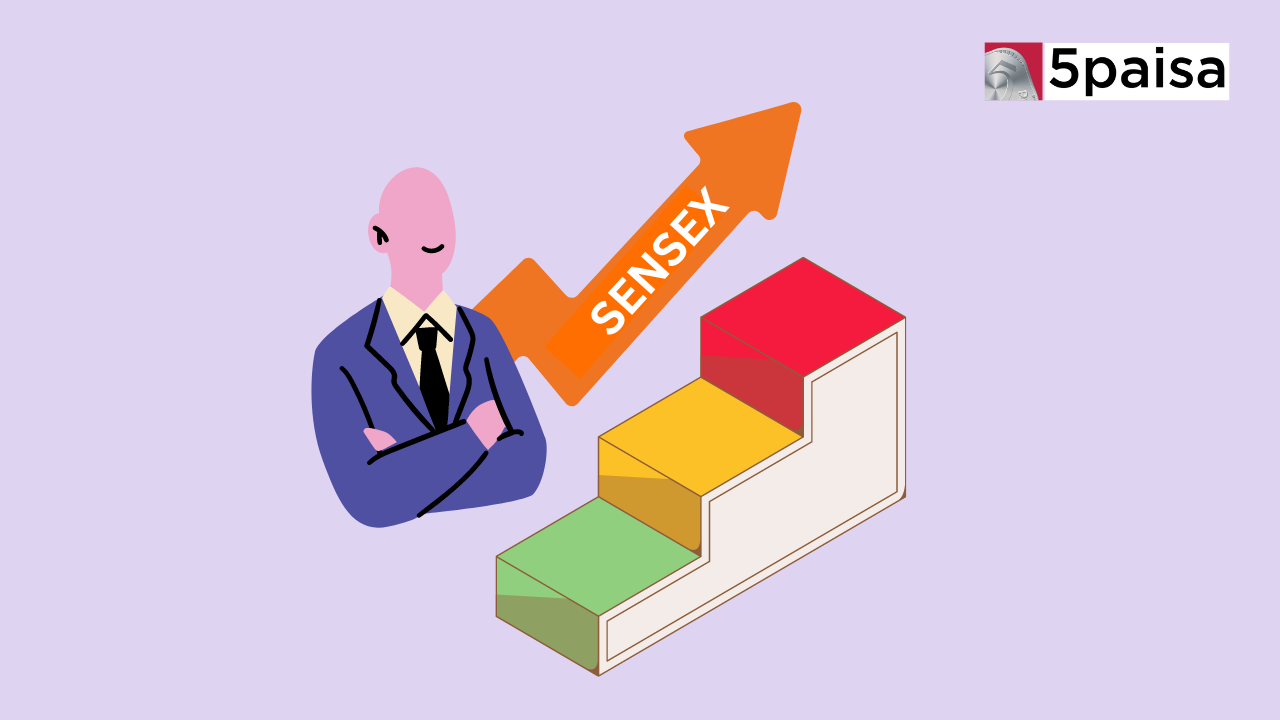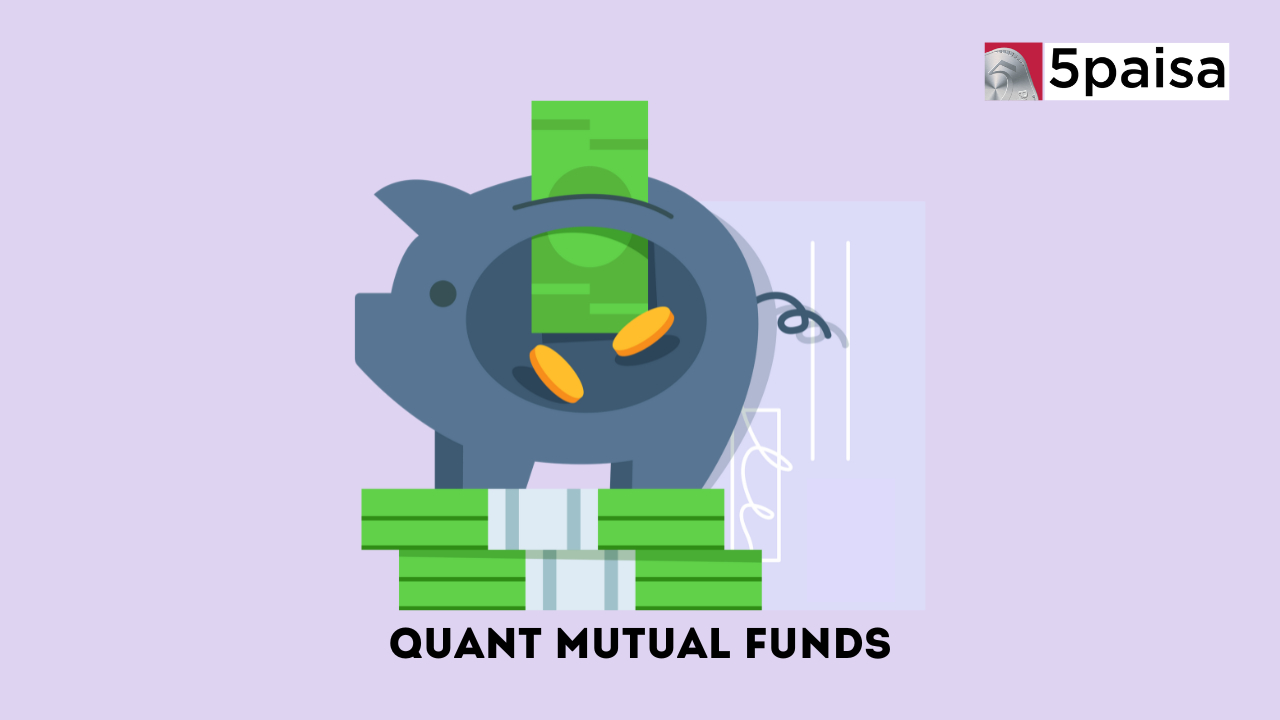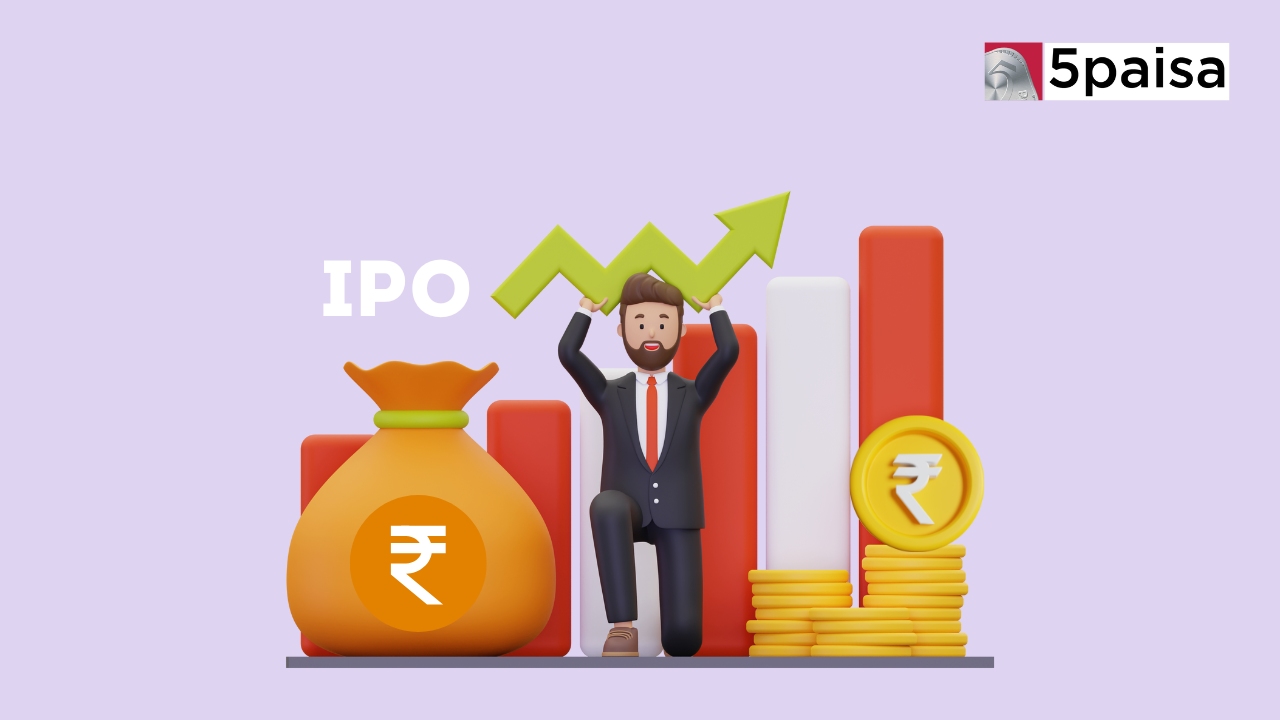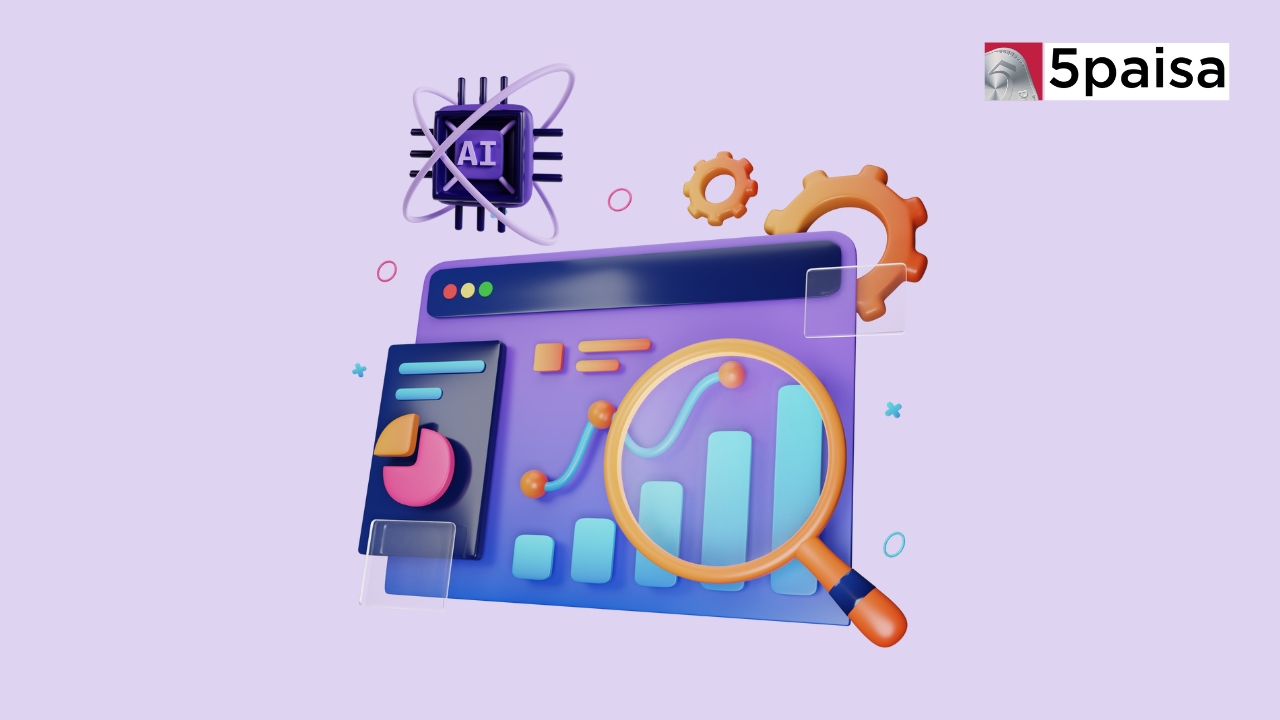List Of Maharatna Companies In India
Cash and Carry Arbitrage

Last Updated: 7th September 2023 - 05:01 pm
Arbitrage: Arbitrage is the process of simultaneous buy and sale of shares in order to profit from difference in the price of underlying assets. It is the process of exploiting risk free return which arises due to price differences. Arbitrage opportunity exists because of market inefficiencies.
Cash And Carry: Cash and Carry arbitrage is a combination of long position in underlying assets and short position in underlying futures. Cash and carry arbitrage occurs when market is in "Contango", which means the future prices of an underlying asset are higher than the current spot price. To initiate cash and carry arbitrage, the difference between spot price and future price should be reasonably high enough to cover transaction cost, financing cost as well as to earn profit. As expiration date approaches nearby, prices of spot and future converge and liquidation of position can be done at that time.
In order to exploit the risk free return, the arbitrageur/ trader will have to carry the asset until the expiration date of future contract. Therefore, this strategy would be profitable only if the cash flow from future at expiration exceeds the acquisition cost and carrying cost on long asset position.
Let’s try to understand with the help of example of DHFL.
|
Cash market price (as on 25th April 2017) (S) |
Rs 422 |
|
June Futures (Expiry on 29th June 2017) (F) |
Rs 430 |
|
Contract size |
3000 |
|
Fair value is measured by the formula |
F= S*(1+R)^n |
|
Rate of Interest |
9% (p.a.) |
|
Time to expiry (n) |
65 days |
|
Amount borrowed |
Rs 12,66,000 (422*3000) |
|
Cost of Borrowing {0.09*(65/365)} |
1.6% |
|
Basis |
Future price-spot price |
Expected future price (F) = 422*(1+9%) ^(65/365)
Therefore, in above case F= 428.53
Current future price= 430
Hence, we can see that there is an arbitrage opportunity.
Risk free Arbitrage = Rs 1.47 (430-428.53)
To take the advantage of this mis-pricing, an arbitrageur/ trader may borrow Rs 12,66,000 at an interest rate of 9% p.a. and buy 3000 shares of DHFL in cash market at Rs 422 and sell 1 lot of DHFL Futures contract at Rs 430.
Cost of borrowing in Rs [(1266000)*(9%*(65/365))]= 20,291
Gains from price difference between futures and spot= Rs 24,000
This would result in to net arbitrage opportunity of Rs 24,000-20291= Rs 3,709
Scenario analysis:
Case 1: DHFL rises to 435, at expiry
Profit on underlying (cash) = (435-422)*3000= Rs 39,000
Loss on futures = (435-430)*3000= (Rs 15,000)
Gross Gain on Arbitrage= Rs 24,000
Cost of borrowing: Rs 20,291
Net gain from arbitrage: Rs.3,709.
Case 2: DHFL falls to 415, at expiry
Loss on underlying (cash) = (422-415)*3000= (Rs 21,000)
Profit on Futures= (430-415)*3000= Rs 45,000
Gross Gain on Arbitrage= Rs 24,000
Cost of borrowing: Rs 20,291
Net gain from arbitrage: Rs.3,709.
To round up, in any cash and carry arbitrage, the moment you lock in your position, your profit is fixed depending upon the arbitrage opportunity. This is also called risk free arbitrage because your profit is secured irrespective of underlying price movement.
Whenever futures are trading at a substantial discount to spot, a reverse cash and carry arbitrage opportunity arises.
- Flat ₹20 Brokerage
- Next-gen Trading
- Advance Charting
- Actionable Ideas
Trending on 5paisa
Indian Stock Market Related Articles
Disclaimer: Investment in securities market are subject to market risks, read all the related documents carefully before investing. For detailed disclaimer please Click here.
 5paisa Research Team
5paisa Research Team
 Sachin Gupta
Sachin Gupta




